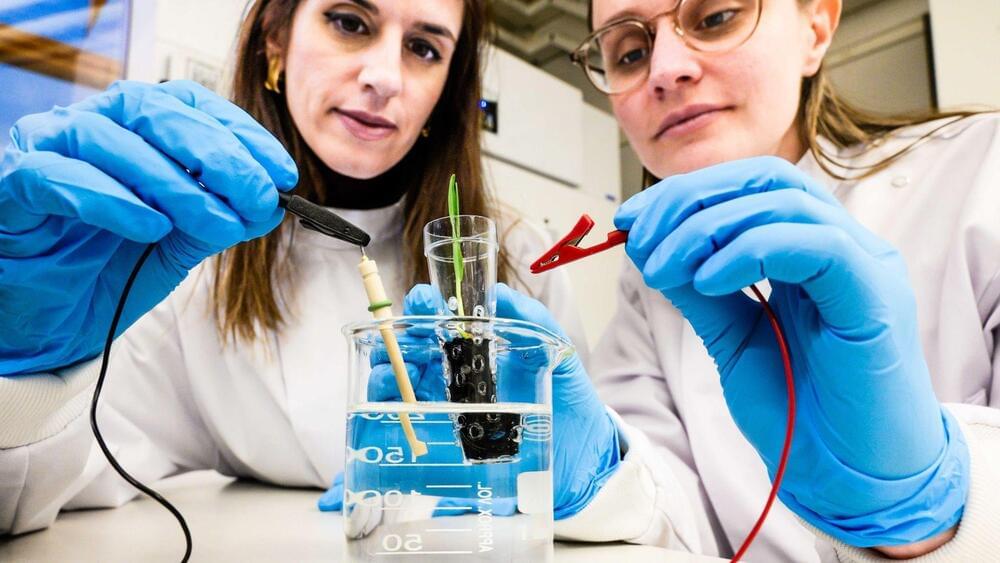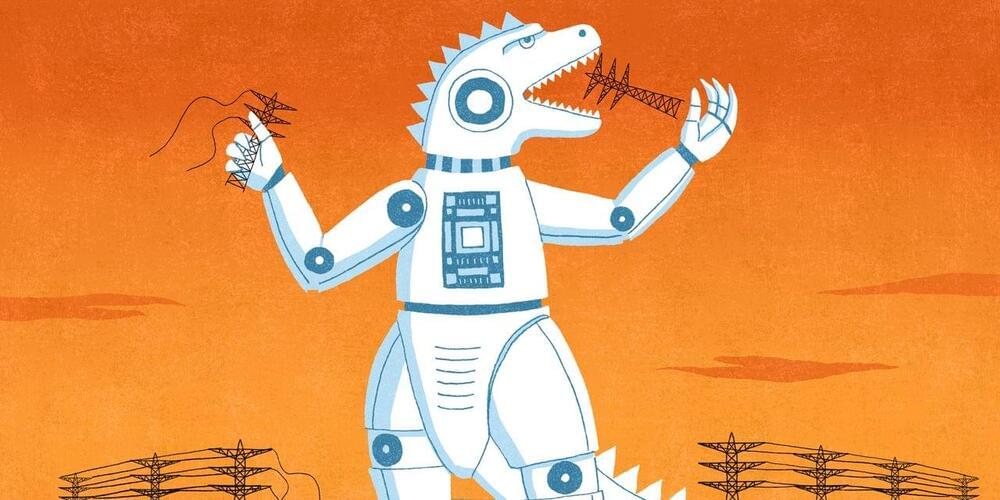Contrary to established theories, the star’s supernova was enveloped in layers of dust, profoundly altering the expected shockwave dynamics.





Elon Musk’s artificial intelligence startup, xAI, is following in the footsteps of rivals OpenAI and Anthropic in opting for an unusual corporate structure.
XAI has been organized in Nevada as a for-profit benefit corporation, a structure that allows the company to prioritize having a positive impact on society over its obligations to shareholders, according to a late November filing with Nevada. Musk, who launched the secretive startup earlier this year, has long expressed concern over the impact AI could have on society.

Today in clueless rich guys, we have Uber CEO Dara Khosrowshahi, who was stunned to learn how much it costs to take a three-mile ride in New York City using his company’s app.
In a wide-ranging interview with Wired, Khosrowshahi was veritably stunned when the reporter questioning him asked if he knew how much a ride in the Big Apple costs.
“I traveled 2.95 miles in an Uber to get here today,” the reporter, Steven Levy, asked the CEO. “What do you think it cost?”
Tristan Harris and Aza Raskin are the co-founders of the Center of Humane Technology and hosts of the podcast \.



